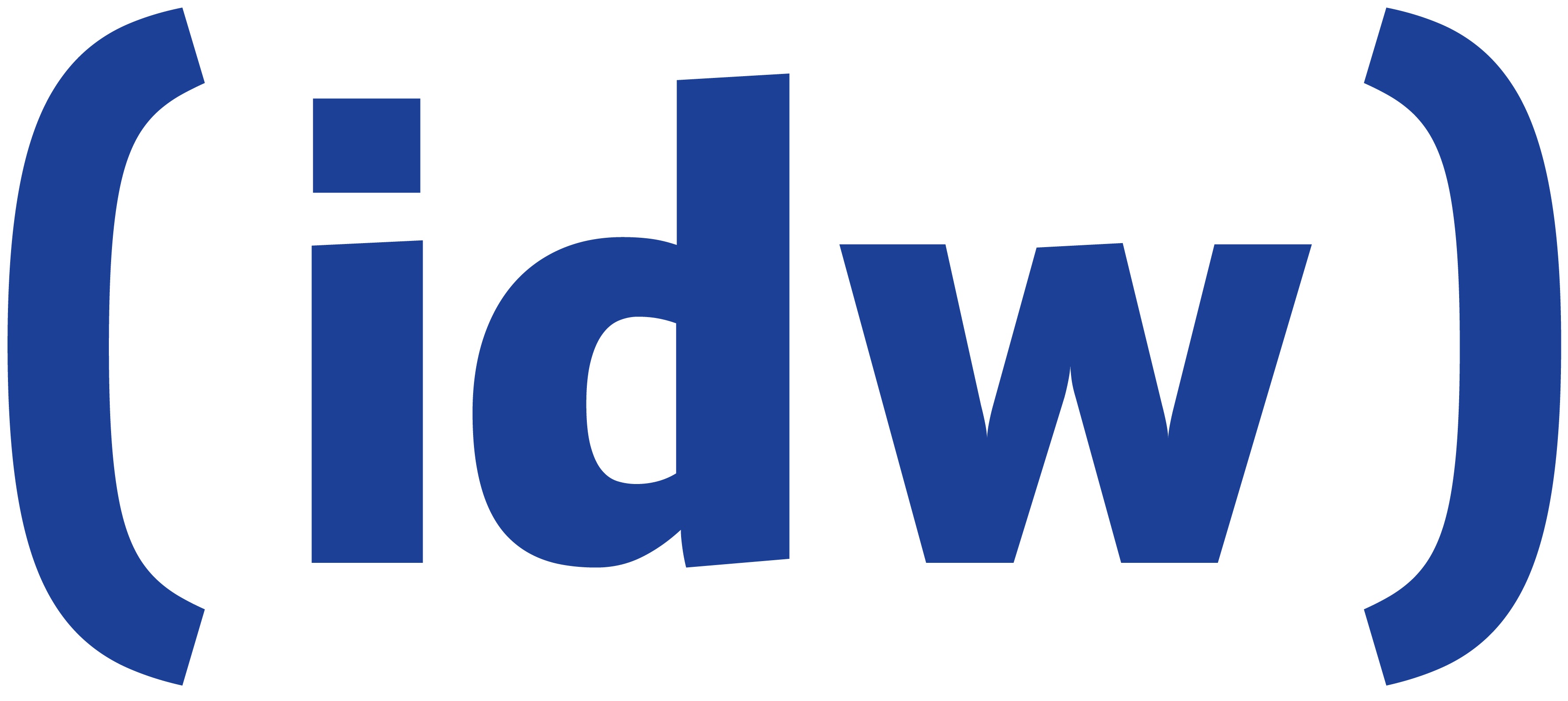
idw - Informationsdienst
Wissenschaft
Strokes are the cause of various disabilities, as they damage the brain such that some areas do not function properly any more. Those areas are called lesions. Directly identifying or predicting lesions in clinical daily routine is still not possible with today’s imaging tools, creating the need for new software solutions. Scientists are working on such a software that could greatly improve therapy preparation, improving the patient’s condition faster. It uses neural network technology, learning from CT data processed by clinicians. The resulting prediction of strokes lesions yields a system helping to spot current damage and to forecast the healing process.
The team will be presenting their project at the medical technology trade fair Medica held from 15to 18 November in Düsseldorf at the research stand of Rhineland-Palatinate (stand E80, hall 3).
Strokes cause the closure of vessels leading to a lack of blood supply in the brain. Therefore, some areas are not provided sufficiently with oxygen which causes damage. Those areas, called lesions, are not fully functional anymore and require treatment. Currently, lesions are still hard to locate by only using CT imaging. “Lesions might evolve over time by growing and shrinking,” commented Robin Maack, doctoral student in the Computer Graphics and Human Computer Interaction group of Professor Dr Hans Hagen at Technische Universität Kaiserslautern. “The final shape of the lesion is of great importance for the treatment and rehabilitation of a patient.” Together with Dr Christina Gillmann from Leipzig University, Maack is working on a new method to quickly identify lesions, including the prediction of their future shape.
To achieve their goal, they use a neural network. “This is a technique of Artificial Intelligence using data to learn about lesion properties in CT images,” explains Maack. “Those special algorithms implement the clinicians’ experience , drawing the lesion shapes into existing images and thus feeding the network with information.” With this procedure, Maack and Gillmann are able to analyse new CT images without the need of direct assistance by a clinician.
This technique is a valuable addition to current stroke treatment to speed up treatment plan creation. The team will be presenting their work at the trade fair.
Questions can be directed to:
Robin Maack
Computer Graphics und Human Computer Interaction
TU Kaiserslautern
Phone: +49 631 205-3268
E-Mail: maack@rhrk.uni-kl.de
Christina Gillmann
Image and Signal Processing Group
Leipzig University
Phone: +49 341 97 32281
E-Mail: gillmann@informatik.uni-leipzig.de
Klaus Dosch, Department of Technology and Innovation, is organizing the presentation of the researchers of the TU Kaiserslautern at the Medica.. He is the contact partner for companies and, among other things, establishes contacts to science..
Contact: Klaus Dosch, E-mail: dosch@rti.uni-kl.de, Phone: +49 631 205-3001
Robin Maack
Computer Graphics und Human Computer Interaction
TU Kaiserslautern
Phone: +49 631 205-3268
E-Mail: maack@rhrk.uni-kl.de
Christina Gillmann
Image and Signal Processing Group
Leipzig University
Phone: +49 341 97 32281
E-Mail: gillmann@informatik.uni-leipzig.de
A research team around Robin Maack (l.) und Kurt Schardt is working on the new software.
Source: Credit: TUK/view
Copyright: TUK
Criteria of this press release:
Journalists
Information technology, Medicine
transregional, national
Research projects, Transfer of Science or Research
English

You can combine search terms with and, or and/or not, e.g. Philo not logy.
You can use brackets to separate combinations from each other, e.g. (Philo not logy) or (Psycho and logy).
Coherent groups of words will be located as complete phrases if you put them into quotation marks, e.g. “Federal Republic of Germany”.
You can also use the advanced search without entering search terms. It will then follow the criteria you have selected (e.g. country or subject area).
If you have not selected any criteria in a given category, the entire category will be searched (e.g. all subject areas or all countries).